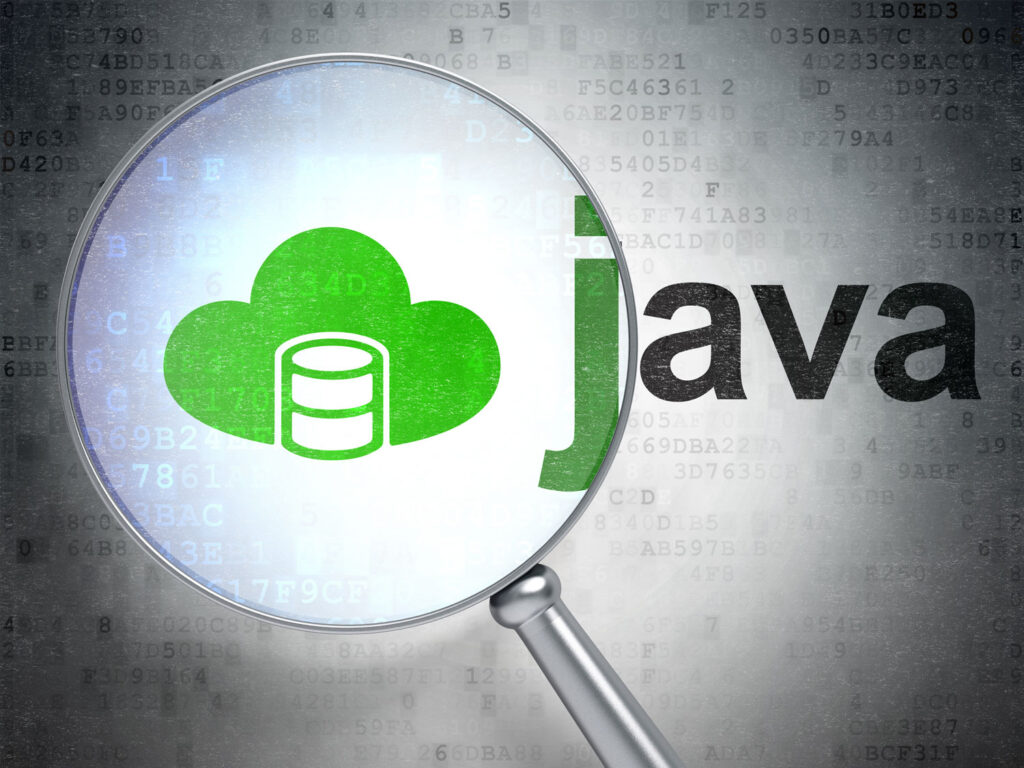Blog > Introduction to Spring Boot Framework

Spring Boot Framework is an enterprise Java framework that lets its users write enterprise Java applications. By using Spring Boot, users can bootstrap or quickly start up a simple Spring application. Developers can build complex applications with Spring Boot quickly. It’s a Spring module that aims to simplify using the Spring Boot Framework for Java development.
Moreover, Spring Boot Framework provides the feature of working POJOs and provides dependency injections, AOP, MVC, Security, Batch, and Data. We can say that the Spring Boot framework is where users can achieve any business purpose, and the best part of the Spring Framework can integrate with other frameworks, such as Hibernate and Struts. Spring Boot framework gives a production-ready application, so; there is no need to do any configuration.
Characteristics of Spring Boot Framework
- Spring Boot is opinionated; it makes certain configuration choices.
- It is useful to create standalone Spring-based applications that a user can just run.
- Remove lots of configurations, and dependencies, and aims at rapid application development.
- Spring Boot Framework comes with auto dependency resolution, embedded HTTP servers, auto-configuration management endpoints, and spring boot CLI.
Features of Spring Boot Framework
The features of Spring Boot are as follows:
Spring Boot CLI: The Spring Boot CLI allows us to Groovy for writing Spring Boot applications and avoids boilerplate code.
Started Dependency: This feature helps; the Spring Boot aggregates common dependencies together and eventually improves productivity.
Spring Initializer: This is a web application that can create an internal project structure for users.
Auto-Configuration: The auto-configuration feature of Spring Boot helps in loading the default configurations according to the project.
Spring Actuator: This feature provides help while running Spring Boot applications.
Logging and Security: This feature of Spring Boot ensures that all the applications made by using Spring Boot are secured adequately without any hassle.
Why Need Spring Boot?
- Spring Boot provides stability; it is based on Java virtual machine (JVM). Sprint Boot users can connect to any java project that they want to.
- It also provides rapid application development in Java.
- It provides good connectivity with other technologies such as web technologies, and databases like MySQL, Postgresql, Oracle, etc.
- Spring Boot is a cloud-native; it provides good flexibility, and it is open source.
Spring vs. Spring Boot
As both sound the same name Spring and Spring Boot. These terms are often one of the most confusing terms, but there is little difference between them.
| Spring | Spring Boot |
| It takes time to have the spring application up and running | A shorter way to run the spring boot application |
| Manages the life cycle of Java | No need to worry about manually configuring a data source |
| Dependency Injection Framework | A Pre-Configured set of framework/technologies |
| Web application Framework based on Java | It is a module of Spring and is used to create a Spring application project which the user can just run or execute |
| Spring provides tools and libraries to create customized web applications | It takes an opinionated view of the platform |
| More complicated than a spring boot | Spring Boot is less complicated than the Spring Framework |
Advantages of Spring Boot
- Spring boot provides autoconfiguration to load a set of default configurations for a quick start of the application.
- Create standalone applications with a range of non-functional features that are common to large classes of projects.
- It also comes with an embedded Tomcat server, servlet containers, and Jetty to avoid the usage of War files which is the big thing now because nobody wants to use War files for their applications.
- Spring boot also provides an opinionated view to reduce a developer’s effort and simplify the mainland configurations.
- It provides a spring boot starter to ensure dependency management and also provides various security metrics.
- It consists of a wide range of APIs for monitoring applications.
For the installation and setup of Spring Boot, there are two ways such as:
- Spring Boot CLI
- Spring Tool Suite (STS)
System Requirements for Spring Boot Framework
Spring Boot 2.1.7 Release requires
- Java 8+
- Spring Framework 5.1.9+
Explicit Build Support
- Maven 3.3
- Gradle 4.4+
Servlet Container Support
- Tomcat 9.0 – Servlet Version 4.0
- Jetty 9.4 – Servlet Version 3.1
- Undertow 2.0 – Servlet Version 4.0
Author: SVCIT Editorial
Copyright Silicon Valley Cloud IT, LLC.